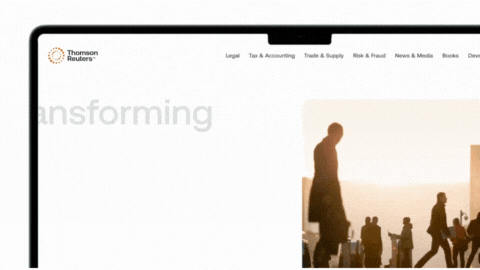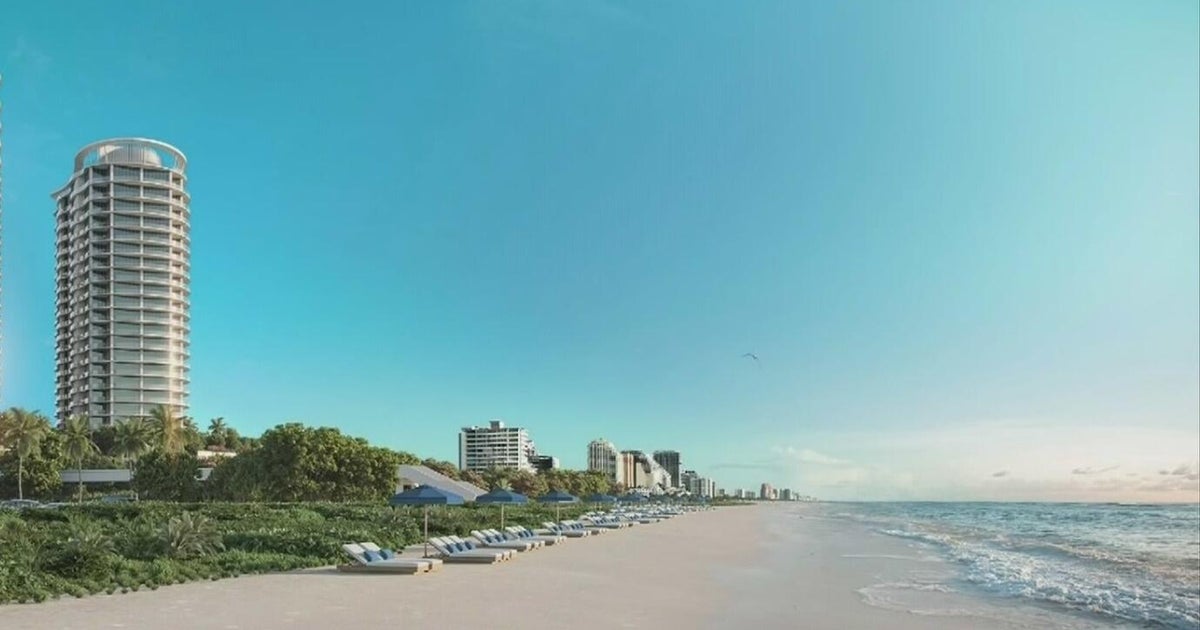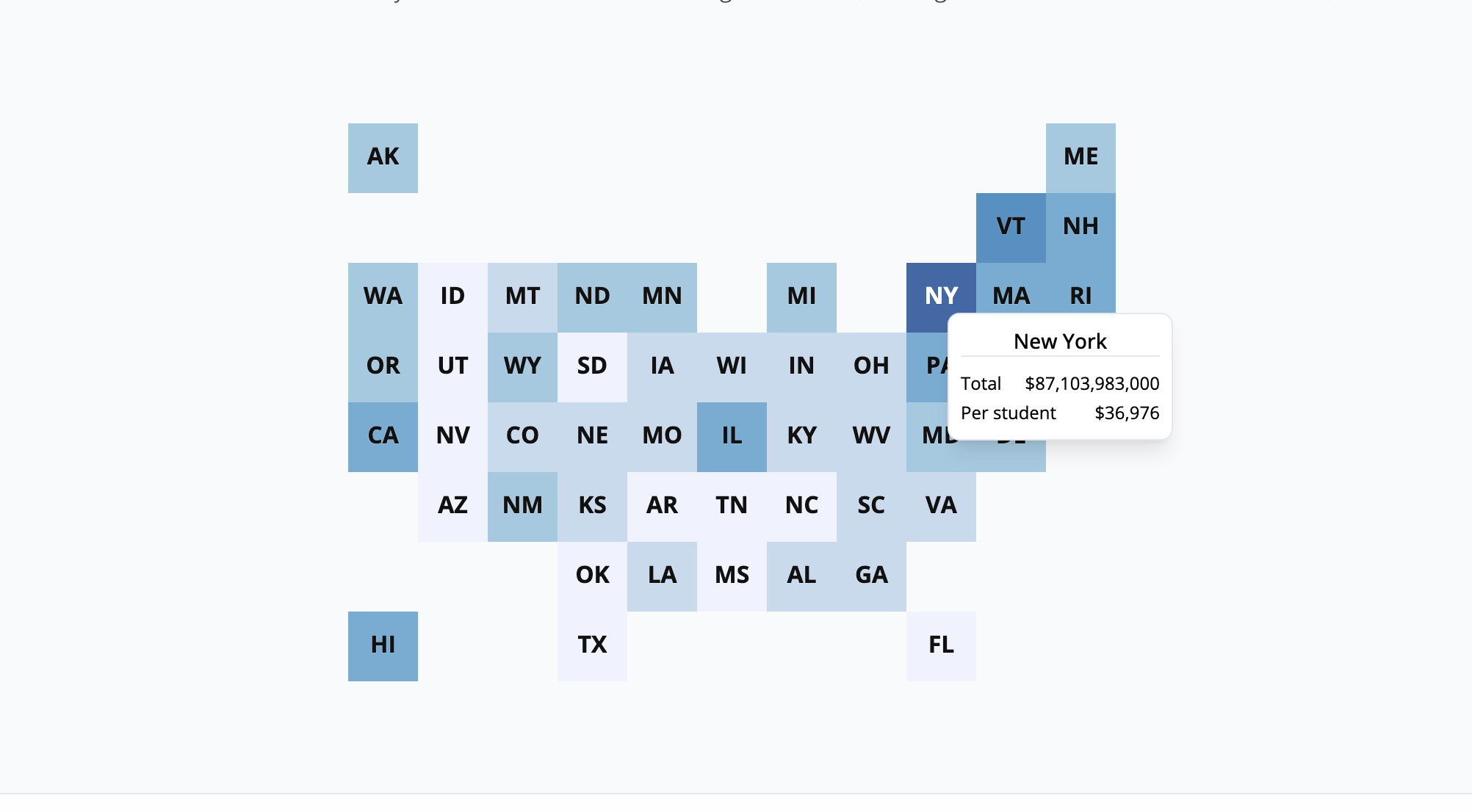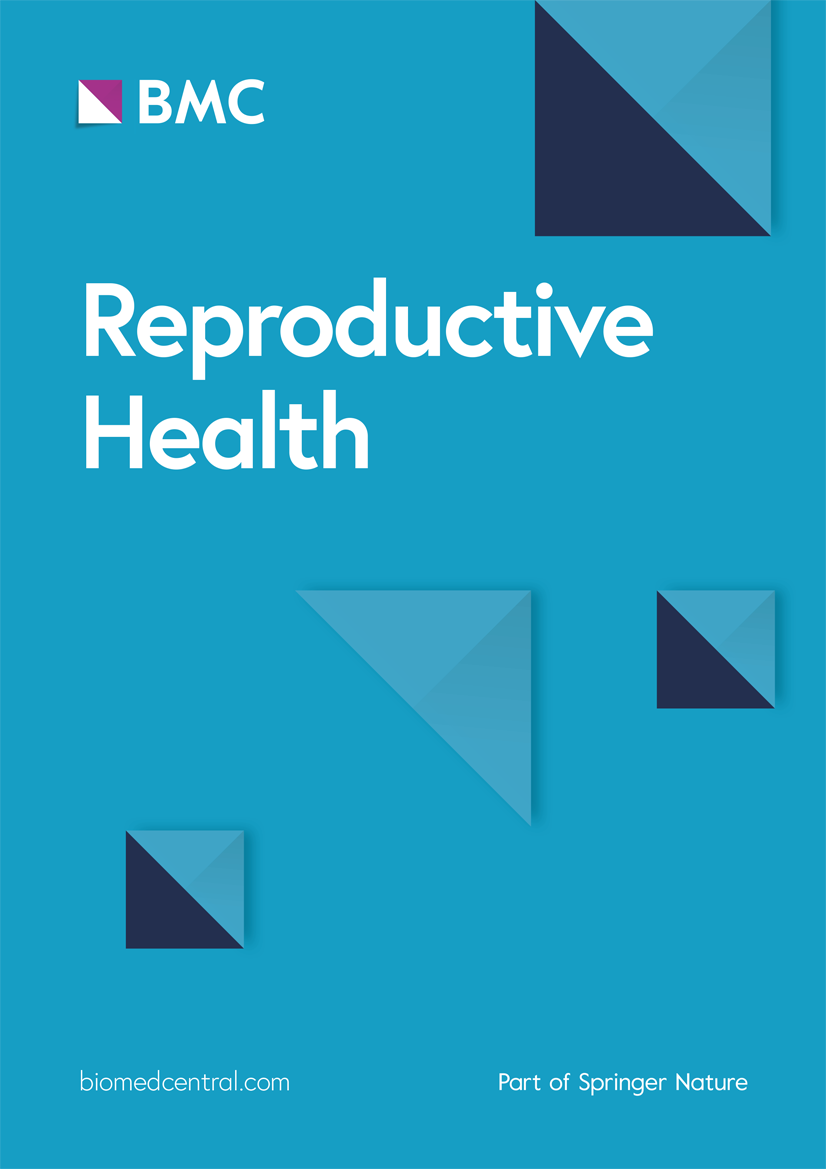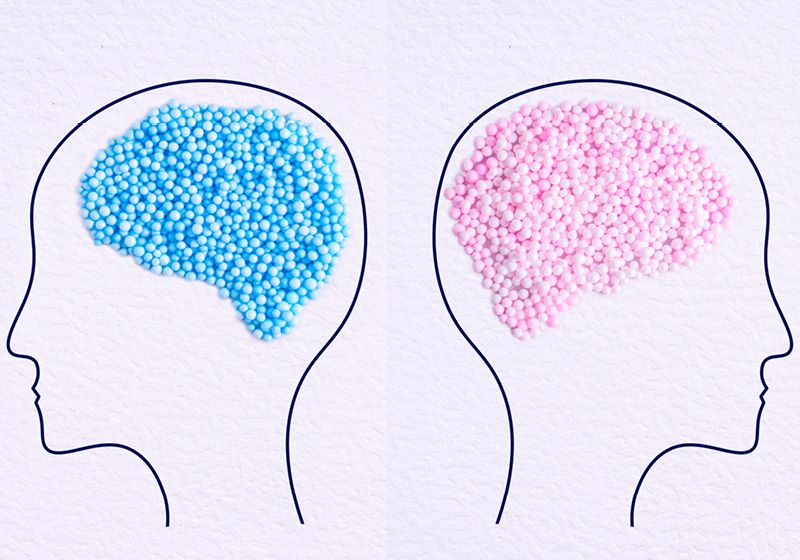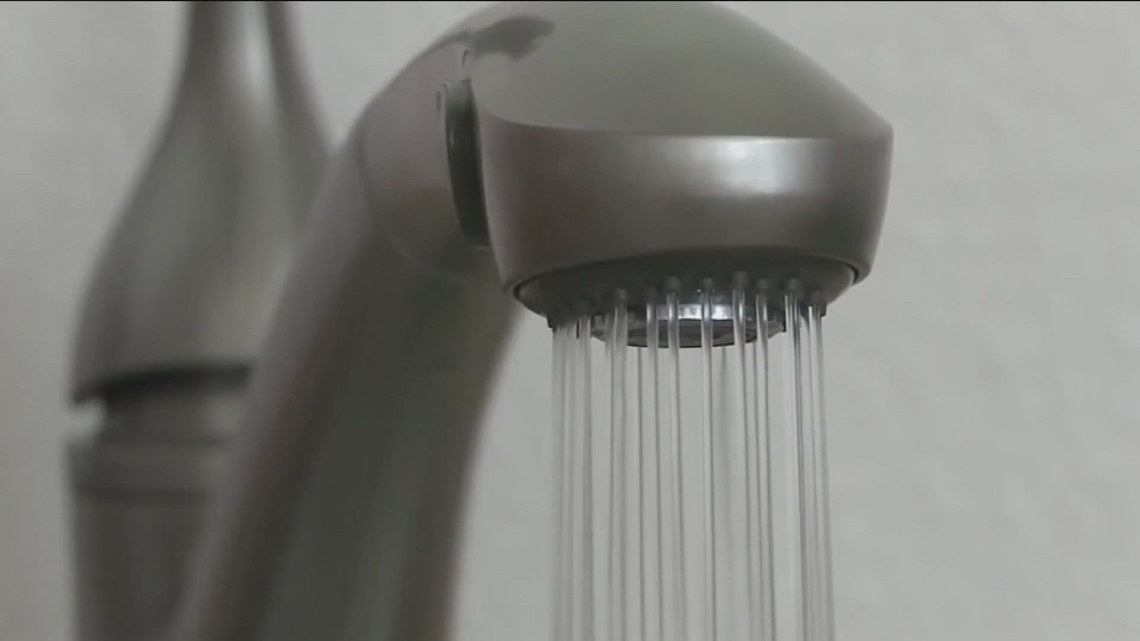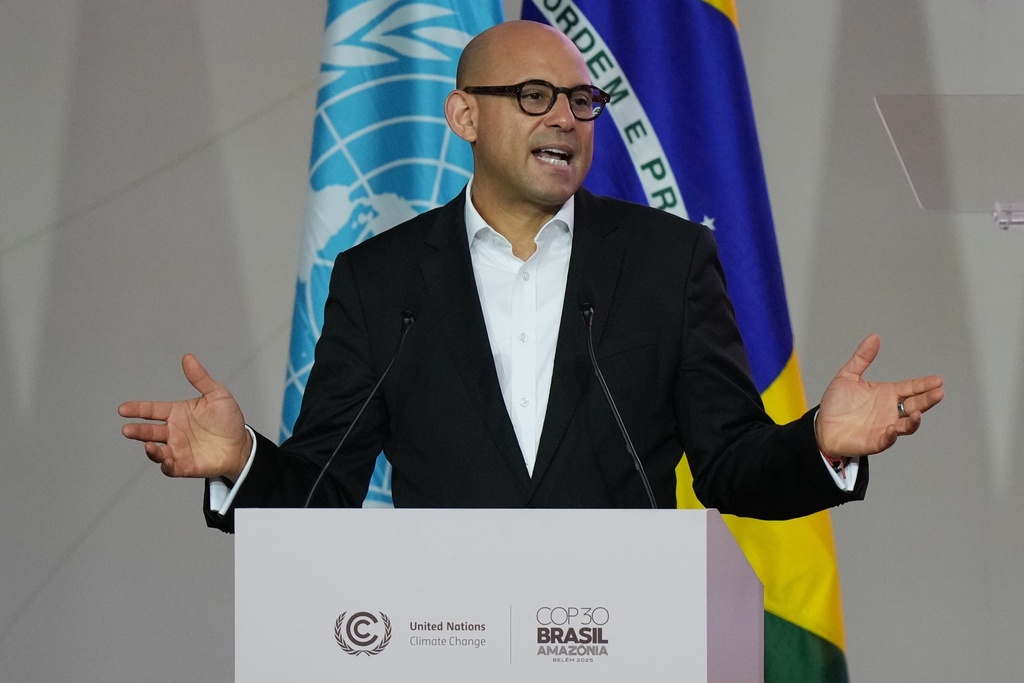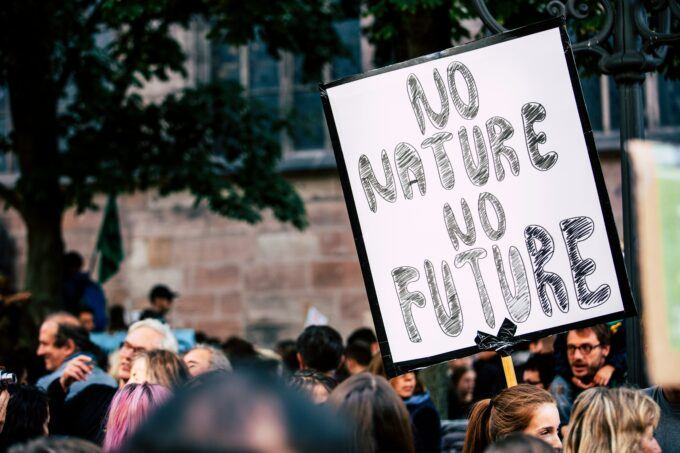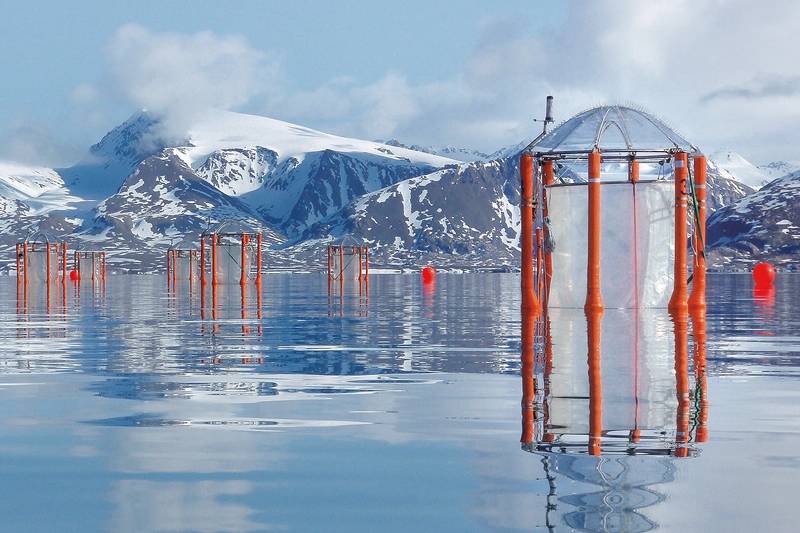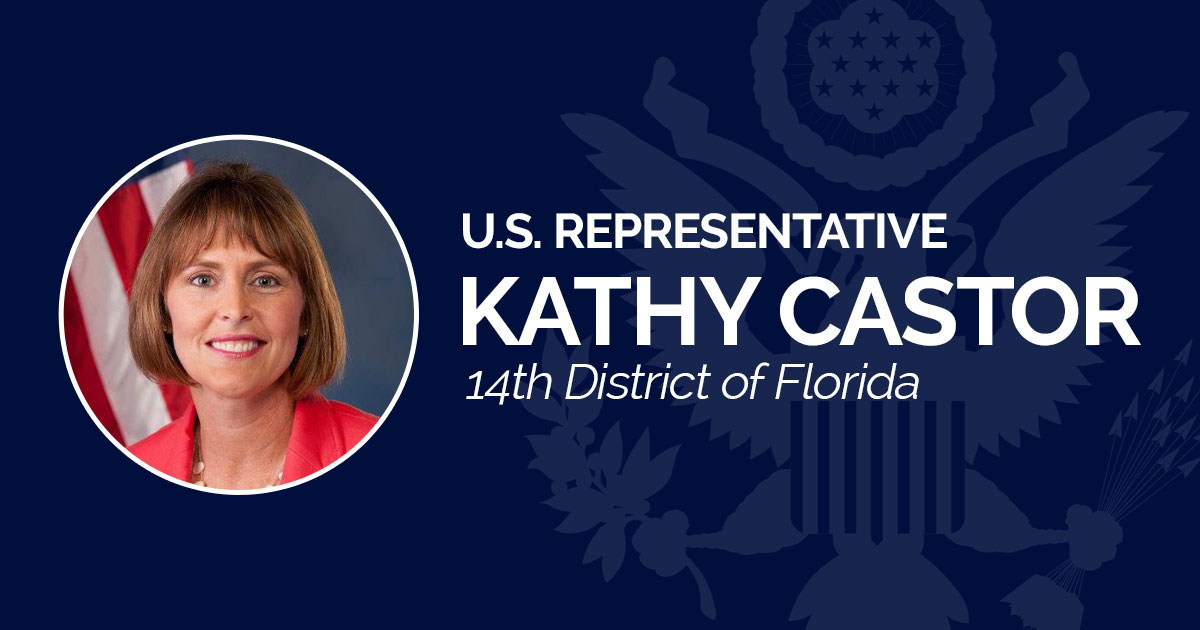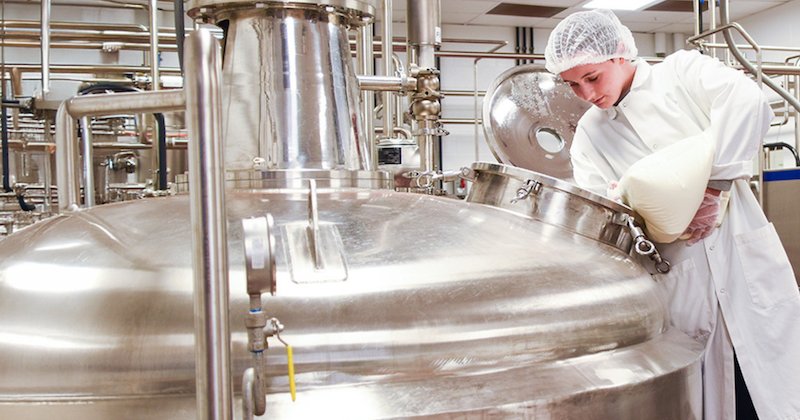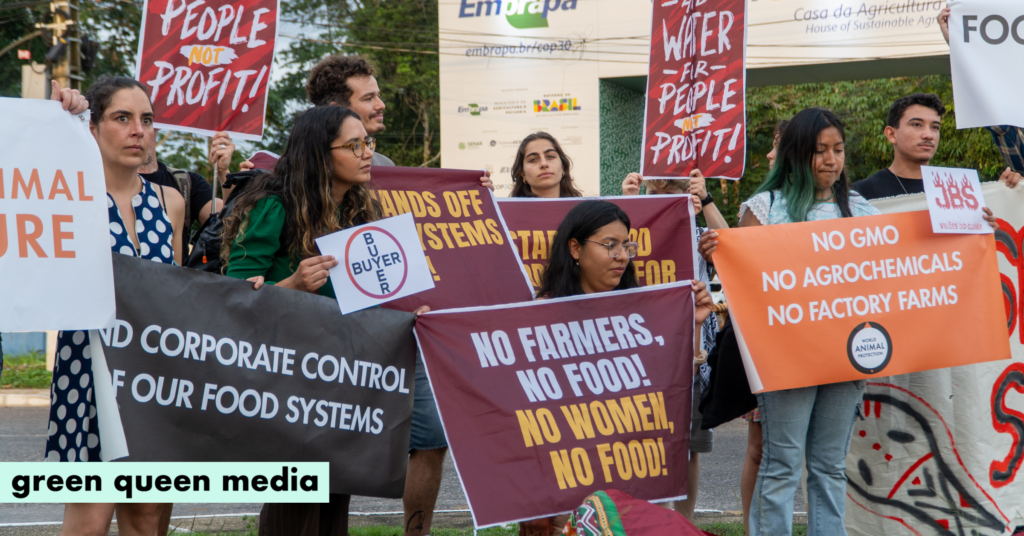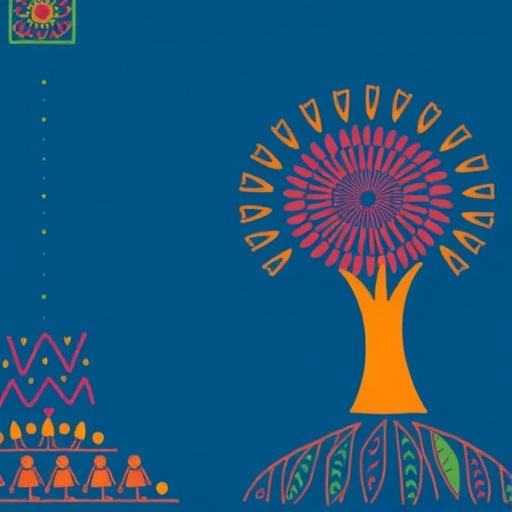Water supply for Greater Dublin Area replenishing after Uisce Éireann completes major pipe repairs – The Irish Times
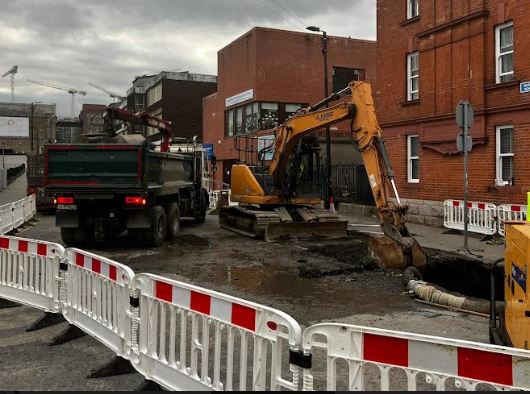
Report on Critical Water Infrastructure Repair in the Greater Dublin Area
Executive Summary
This report details the successful completion of critical and complex repairs on a major water pipeline supplying the Greater Dublin Area (GDA). The operation, conducted by Uisce Éireann, highlights a significant contribution to several United Nations Sustainable Development Goals (SDGs), particularly SDG 6 (Clean Water and Sanitation) and SDG 11 (Sustainable Cities and Communities). The project’s success was contingent on strategic planning, technical execution, and public cooperation in water conservation.
Project Overview and Execution
Scope of Work
The primary objective was to address infrastructural vulnerabilities in the main water pipeline connecting the Ballymore Eustace Water Treatment Plant and the Saggart Reservoir. This pipeline is responsible for approximately one-third of the GDA’s drinking water supply.
- Repair of five significant leaks identified in the pipeline.
- Replacement of 35 metres of damaged pipeline infrastructure.
Operational Strategy
The repair work was executed over a bank holiday weekend to minimize public disruption, leveraging a period of typically lower water demand.
- The pipeline was shut down and drained to facilitate safe and effective repairs.
- Repair teams were deployed in continuous shifts to ensure the project was completed within a critical 28-hour timeframe, beyond which storage levels would become dangerously low.
- Reservoirs were filled to maximum capacity in advance to buffer the supply network during the shutdown.
- A public information campaign was launched requesting residents to conserve water, thereby extending the operational window for technicians.
Alignment with Sustainable Development Goals (SDGs)
SDG 6: Clean Water and Sanitation
This project directly supports the targets of SDG 6 by ensuring the continued provision of safe and reliable drinking water.
- Target 6.1: By repairing leaks and replacing damaged sections, the project ensures continued universal and equitable access to safe and affordable drinking water for the GDA population.
- Target 6.4: The successful repair prevents large-scale water loss, improving water-use efficiency and addressing water scarcity.
- Target 6.a: The operation demonstrates a commitment to maintaining and improving water-related infrastructure.
SDG 11: Sustainable Cities and Communities
The maintenance of this critical infrastructure is fundamental to the resilience and sustainability of the urban environment in the Greater Dublin Area.
- Target 11.5: Proactively repairing the pipeline reduces the risk of a catastrophic failure, which would cause significant economic and social disruption, thereby increasing the resilience of the community to water-related disasters.
- Target 11.b: The project is an implementation of a plan for integrated and sustainable resource management, essential for urban development.
Supporting SDGs
- SDG 3: Good Health and Well-being: A secure and clean water supply is a cornerstone of public health, preventing waterborne diseases and ensuring sanitation.
- SDG 12: Responsible Consumption and Production: The public’s positive response to the call for water conservation demonstrates an increased awareness and practice of responsible consumption patterns, a key target of SDG 12.
Conclusion and Recommendations
Project Outcome
The repair work was concluded successfully, with the water supply turned back on and the network replenishing to normal levels. The operation was completed without significant disruption to the public, largely due to the strategic conservation of water by consumers in Dublin, Kildare, and Wicklow. This collaborative effort safeguarded the supply for all users, including the most vulnerable.
Forward Look
Uisce Éireann continues to monitor the network as it refills and maintains crews on standby to address any residual issues of low pressure. This project underscores the necessity of continuous investment in infrastructure maintenance to achieve long-term water security and meet global sustainability targets. Continued public awareness campaigns on water conservation are recommended to build upon the responsible consumption patterns demonstrated during this critical period.
1. Which SDGs are addressed or connected to the issues highlighted in thearticle?
- SDG 6: Clean Water and Sanitation: This is the primary SDG addressed, as the entire article focuses on the repair of a major water pipeline to ensure the continuous supply of clean drinking water to a large urban population.
- SDG 11: Sustainable Cities and Communities: The article discusses essential infrastructure for the Greater Dublin Area, a major urban center. The repair work is crucial for the resilience and sustainability of the city’s water supply system, which is a fundamental service for its inhabitants.
2. What specific targets under those SDGs can be identified based on the article’s content?
-
SDG 6: Clean Water and Sanitation – Target 6.1
Target 6.1: “By 2030, achieve universal and equitable access to safe and affordable drinking water for all.”
Explanation: The article directly relates to this target by describing the “critical and complex” repairs on a pipeline that “supplies about a third of the drinking water across the Greater Dublin Area.” The successful completion of these repairs by Uisce Éireann ensures that this large population maintains access to a safe and reliable water supply, preventing significant disruption and upholding the principle of access to clean water.
-
SDG 6: Clean Water and Sanitation – Target 6.4
Target 6.4: “By 2030, substantially increase water-use efficiency across all sectors and ensure sustainable withdrawals and supply of freshwater to address water scarcity…”
Explanation: The article highlights efforts to manage water consumption efficiently. Uisce Éireann “had asked householders to avoid unnecessary consumption” and later “commended the public in the area for working to reduce usage.” This call for conservation, especially during a critical repair period, is a direct action towards increasing water-use efficiency at the household level.
-
SDG 11: Sustainable Cities and Communities – Target 11.5
Target 11.5: “By 2030, significantly reduce the number of deaths and the number of people affected and substantially decrease the direct economic losses relative to global gross domestic product caused by disasters, including water-related disasters…”
Explanation: The proactive repair of the aging or damaged water infrastructure is a form of disaster risk reduction. The article notes the work was “time critical” because a shutdown longer than 28 hours “would have caused significant disruption to supply.” By successfully repairing “five significant leaks” and replacing “35 metres of damaged pipeline,” the utility prevented a potential large-scale water outage, which can be considered a water-related disaster for a major city, thus protecting the population from its effects.
-
SDG 6: Clean Water and Sanitation – Target 6.b
Target 6.b: “Support and strengthen the participation of local communities in improving water and sanitation management.”
Explanation: The article explicitly mentions the successful participation of the local community. The Uisce Éireann spokesman thanked the public and said their effort to “reduce usage over the weekend… helped safeguard the water supply.” This demonstrates the successful engagement and participation of the local community in managing the water supply during a critical period.
3. Are there any indicators mentioned or implied in the article that can be used to measure progress towards the identified targets?
-
Indicator for Target 6.1
Implied Indicator: Proportion of population using safely managed drinking water services.
Explanation: While not stating a percentage, the article’s focus on maintaining supply for “about a third of the drinking water across the Greater Dublin Area” implies that the goal is to keep this service operational and avoid a drop in the number of people with access. The successful repair is a measure of maintaining this indicator at a high level.
-
Indicator for Target 11.5
Mentioned Indicators: Measures of infrastructure repair and disaster prevention.
Explanation: The article provides specific metrics that serve as indicators of successful risk mitigation. These include the number of “five significant leaks” repaired and the “35 metres of damaged pipeline” that were replaced. These figures quantify the work done to prevent a larger infrastructure failure.
-
Indicator for Target 6.4
Mentioned Indicator: Level of water consumption.
Explanation: The article provides a baseline for water consumption by linking to another article stating, “The average Irish person uses 133 litres a day.” The call to “avoid unnecessary consumption” and the public’s positive response are qualitative indicators of an effort to temporarily reduce this level, contributing to water-use efficiency.
4. Table of SDGs, Targets, and Indicators
| SDGs | Targets | Indicators |
|---|---|---|
| SDG 6: Clean Water and Sanitation | Target 6.1: Achieve universal and equitable access to safe and affordable drinking water for all. | Maintaining continuous water supply for “a third of the drinking water across the Greater Dublin Area.” |
| SDG 6: Clean Water and Sanitation | Target 6.4: Substantially increase water-use efficiency and ensure sustainable supply. | Public call to “avoid unnecessary consumption” and reduce the average daily use (mentioned as 133 litres per person). |
| SDG 6: Clean Water and Sanitation | Target 6.b: Support and strengthen the participation of local communities in improving water management. | Public cooperation in conserving water, which “helped safeguard the water supply.” |
| SDG 11: Sustainable Cities and Communities | Target 11.5: Significantly reduce the number of people affected by disasters, including water-related disasters. | Repair of “five significant leaks” and replacement of “35 metres of damaged pipeline” to prevent a major supply disruption. |
Source: irishtimes.com

What is Your Reaction?
 Like
0
Like
0
 Dislike
0
Dislike
0
 Love
0
Love
0
 Funny
0
Funny
0
 Angry
0
Angry
0
 Sad
0
Sad
0
 Wow
0
Wow
0

